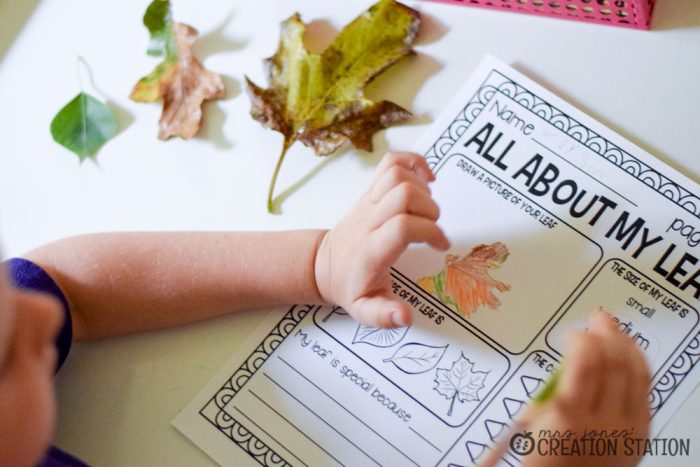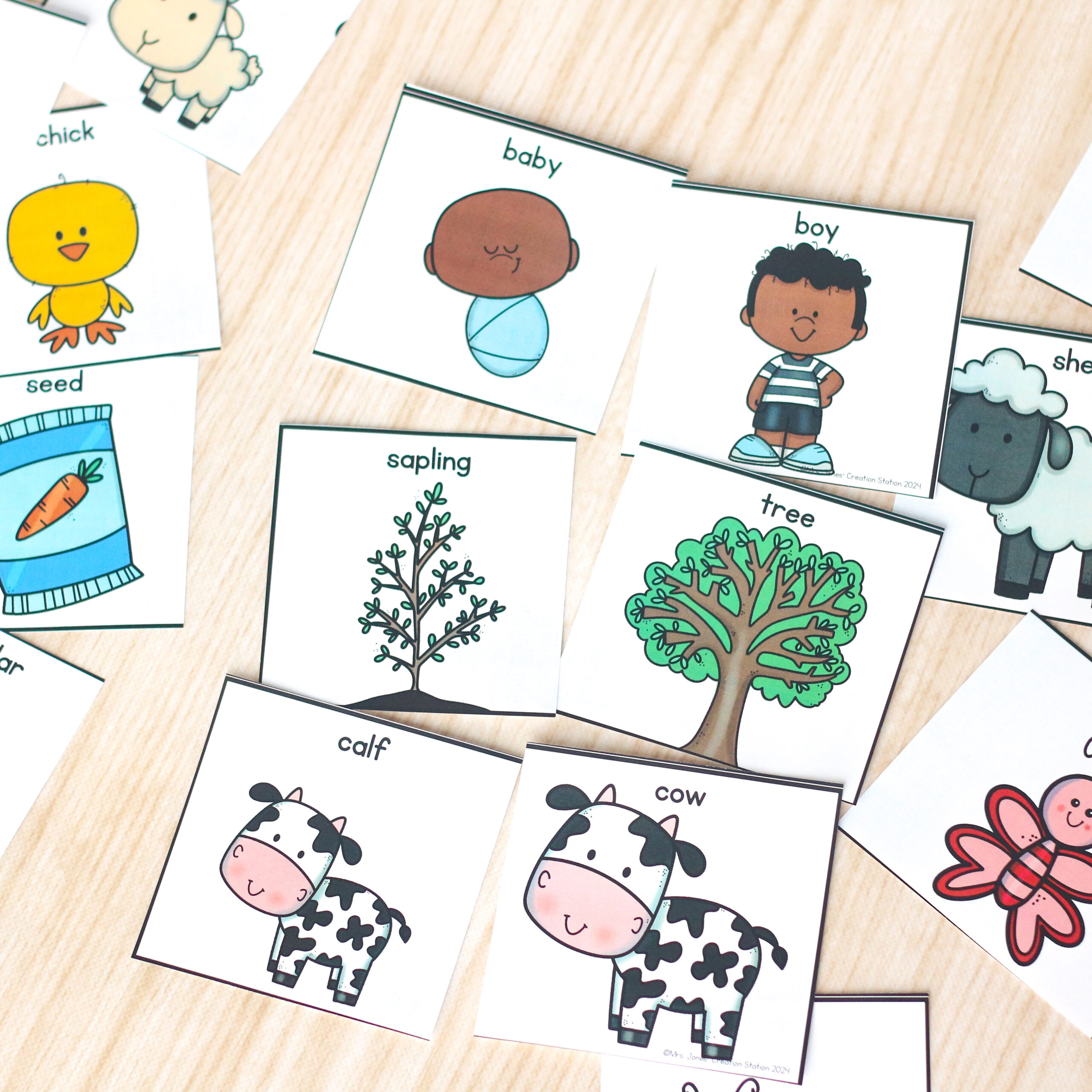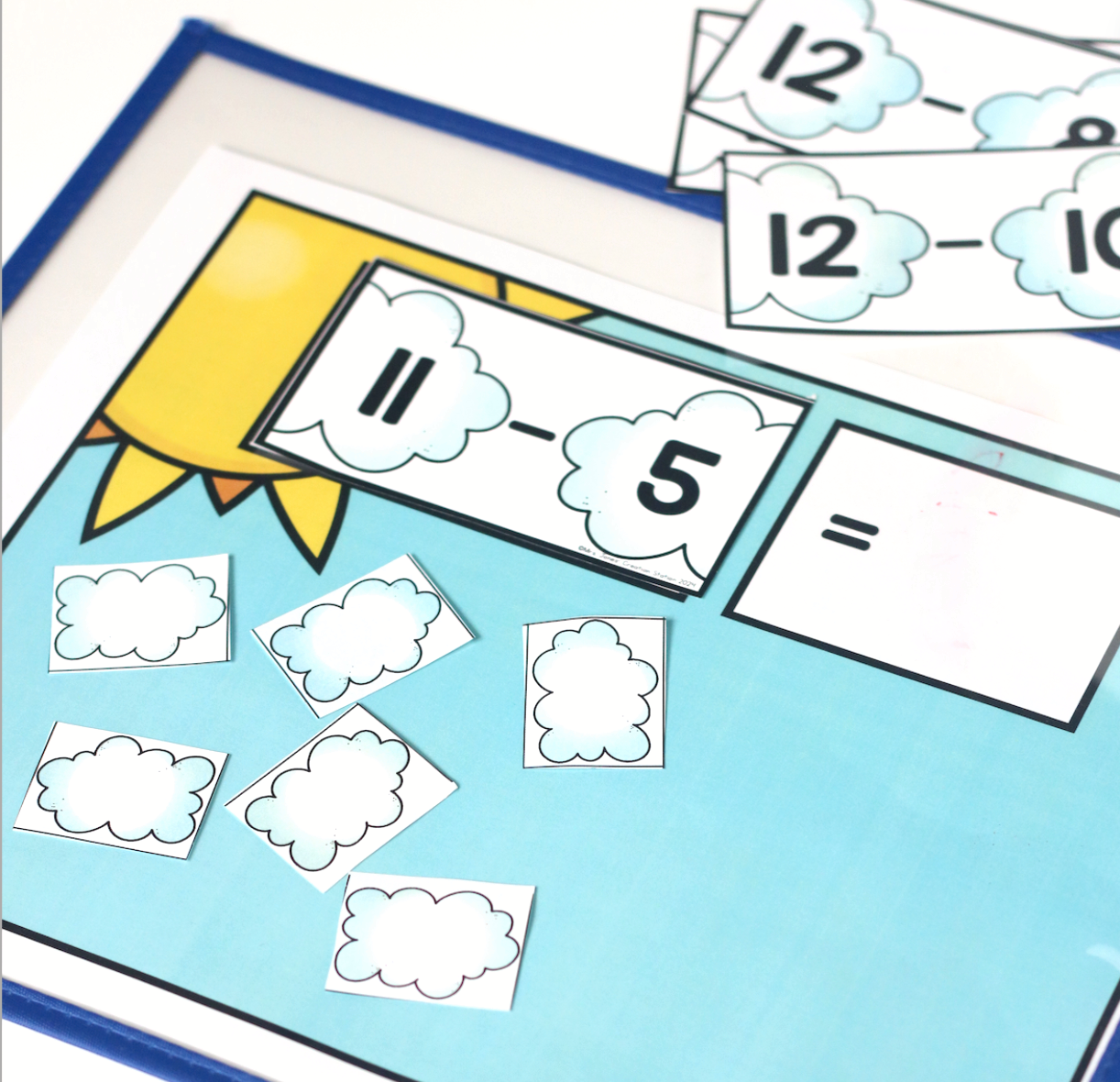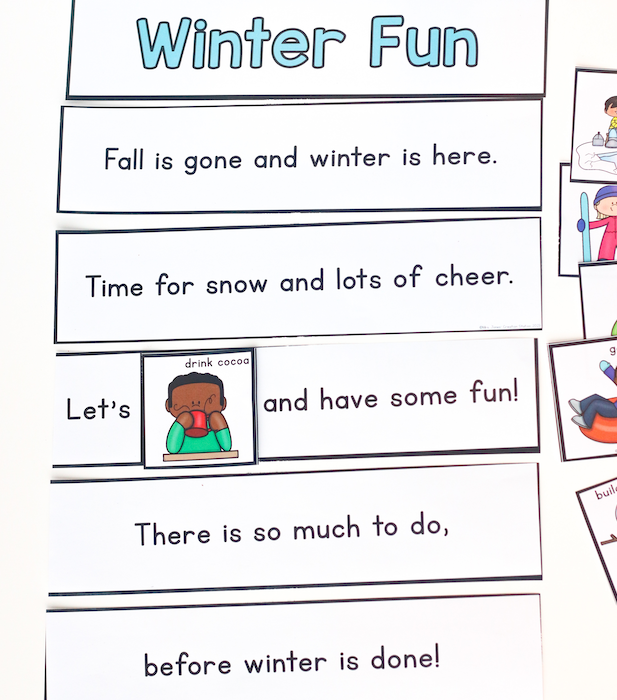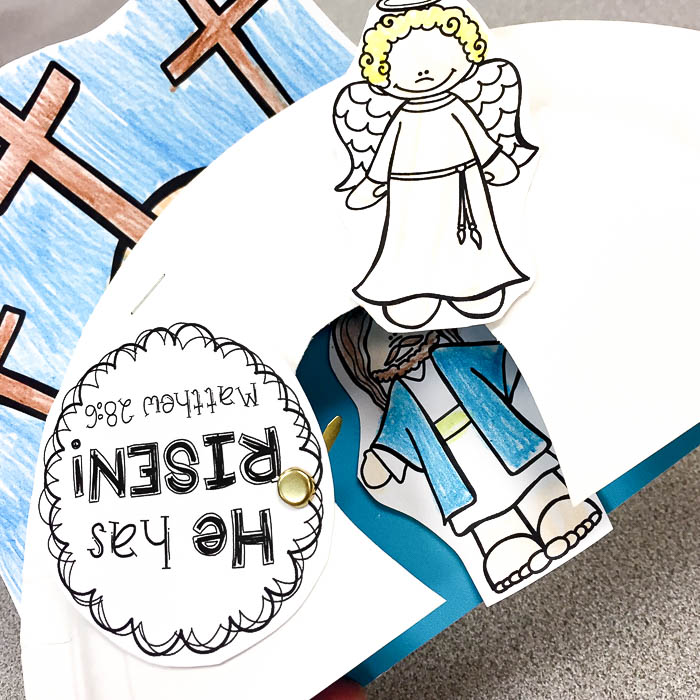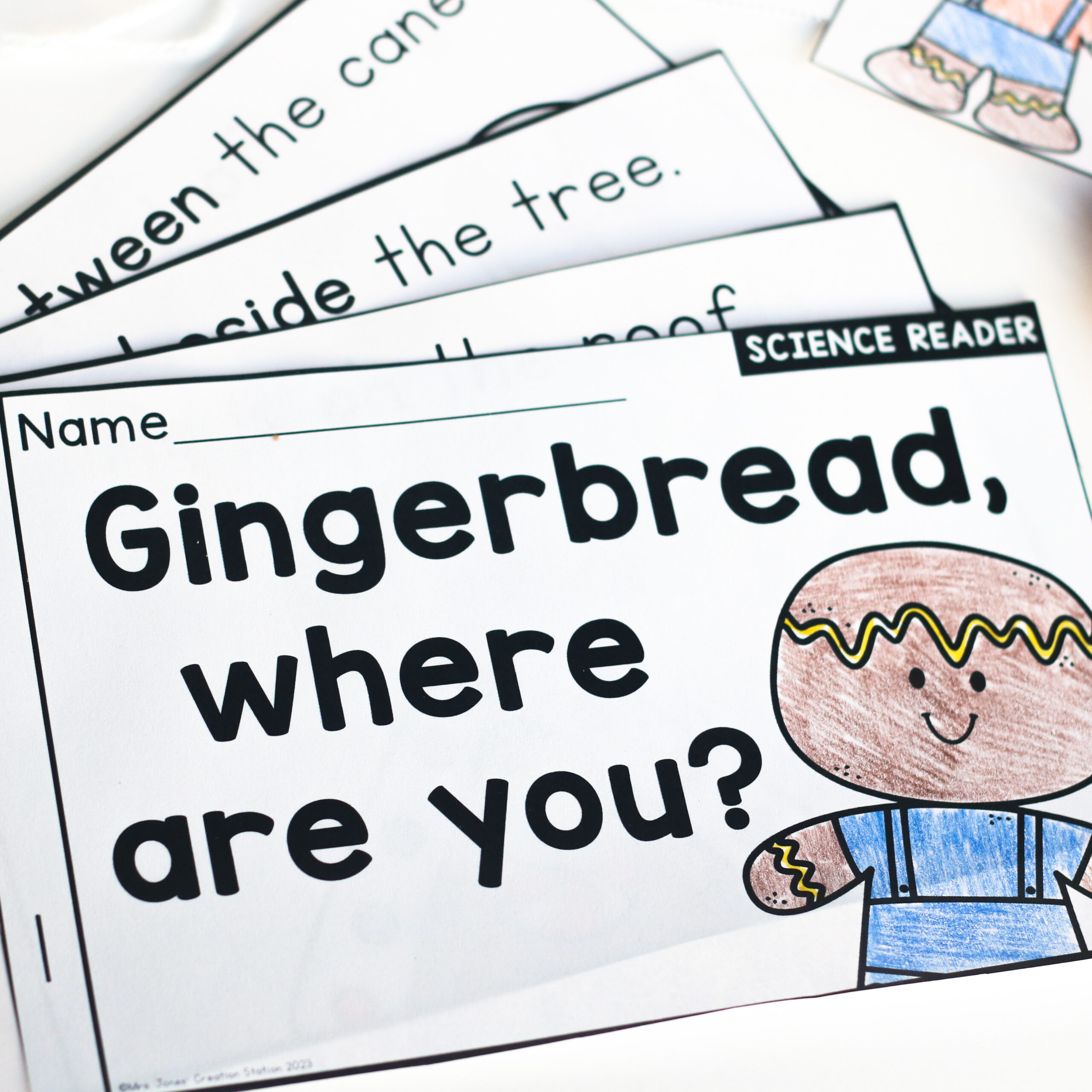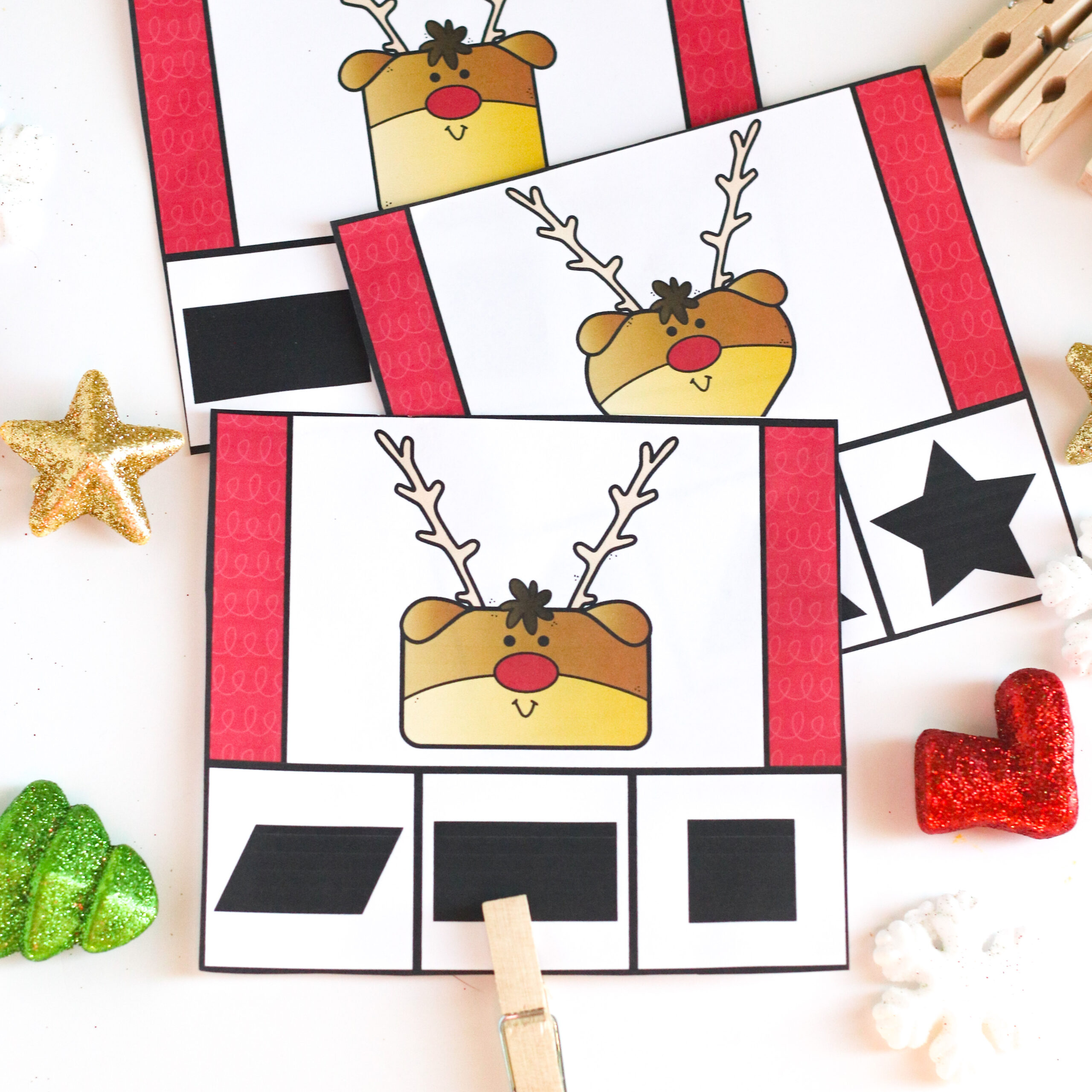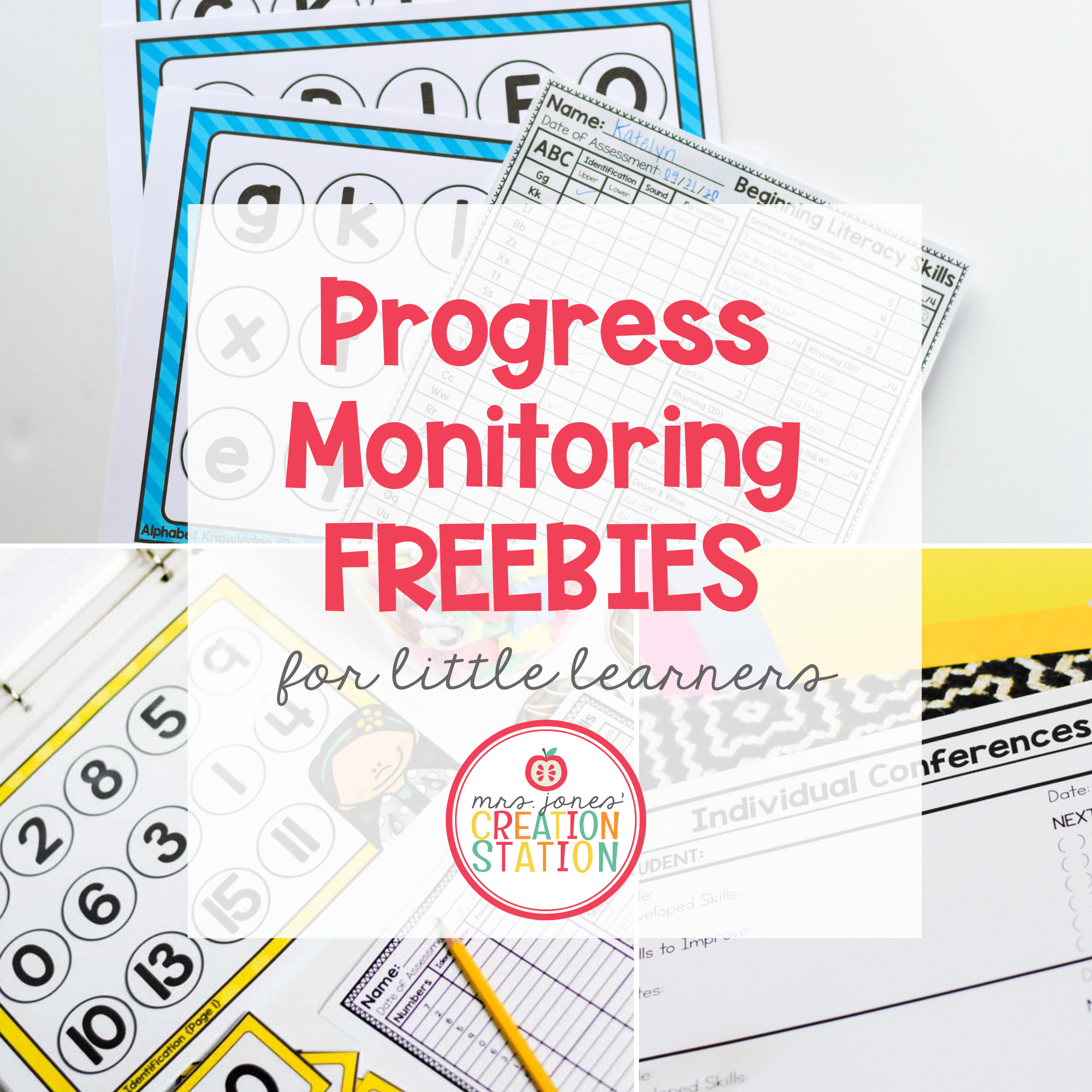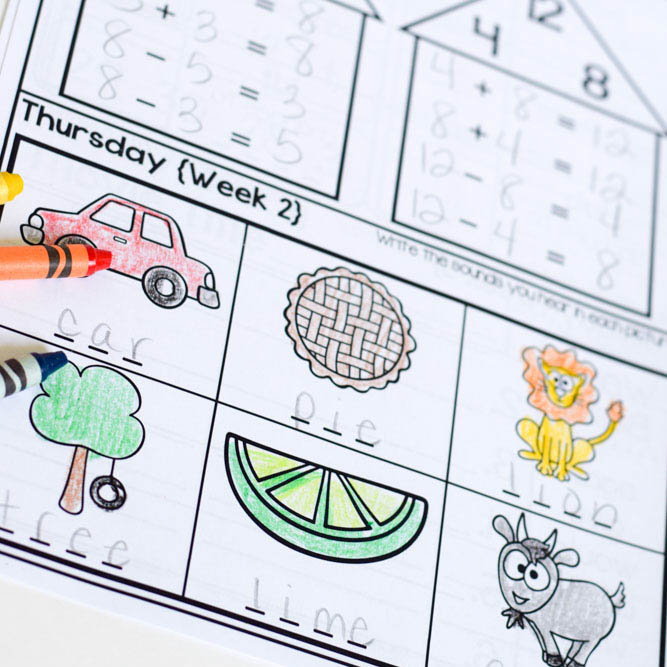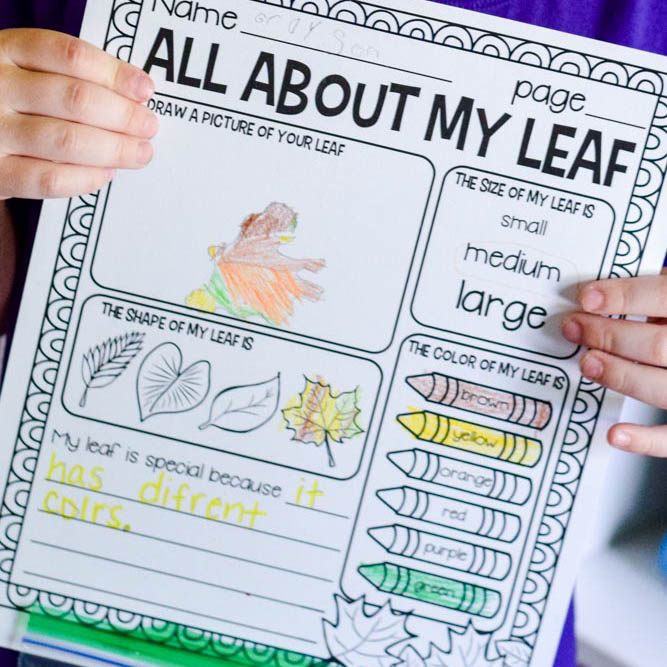Can you tell a difference in your kids when they spend too much time indoors? Winter months are the hardest. The cold, cloudy, back to back days really do a number on my kids. Their attitudes change, they have no desire to do anything and they spend a lot of time watching TV. Promoting outdoor learning is so important. Here are four great reasons why you should encourage outdoor learning with your kids!
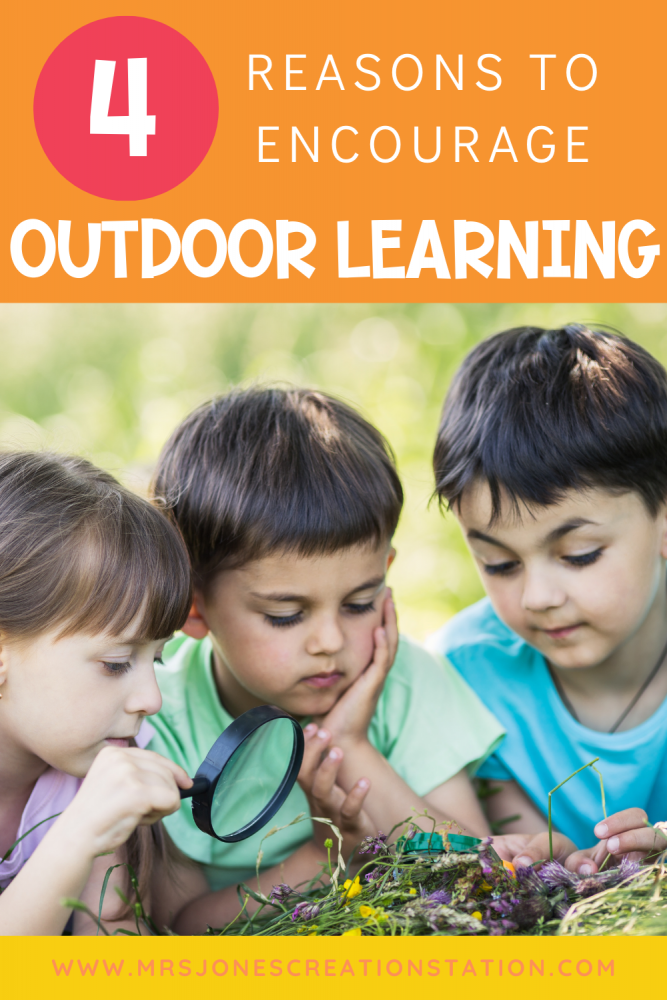
#1 Encourages Learners to Experiment
Nature offers so many resources that we can’t get from inside our houses. Outdoor learning encourages learners to experiment in different ways. Acorn House International states “Outdoor exploratory play is the perfect opportunity for young children to ‘observe, talk about and ask questions about aspects of their natural world such as plants, animals, natural and found objects’ and ‘to show care and concern for living things and the environment’ (EYFS).” With everything that nature offers our children, experimenting with resources is the best way to learn more about the environment.
One of our favorite experiments we did last summer was testing how fast popsicles melted at certain times of the day. My children quickly learned that temperature and time of day are the main factors in how fast a popsicle melts.
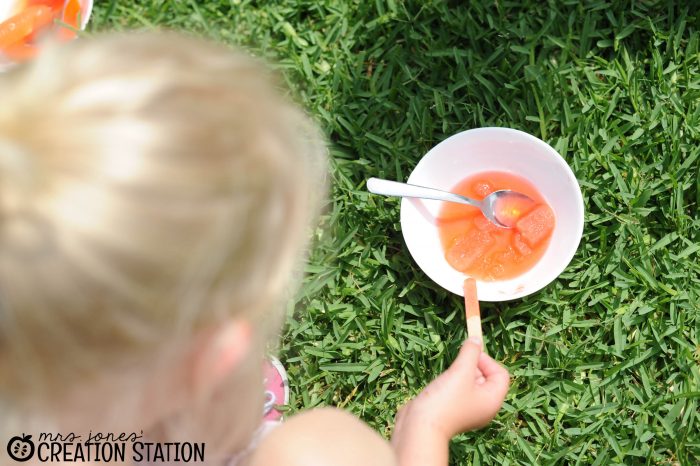
#2 Encourages Problem Solving
I’ll probably say this so many times in this post. Nature and the outdoors provide so many fun resources to experiment with. Learning outside encourages problem solving, and not the frustrating kind of problem solving! For example, just watching a bird build a nest can teach our little ones the most natural form of problem solving. Give your learners a magnifying glass to search for bugs that are trying to find food.
Move the problem solving to your own learners. Provide sticks, leaves, branches, mud and/or dirt and let me build a small fort for a bird or a squirrel. But if the supplies that is used doesn’t work, problem solve to create an alternative plan!
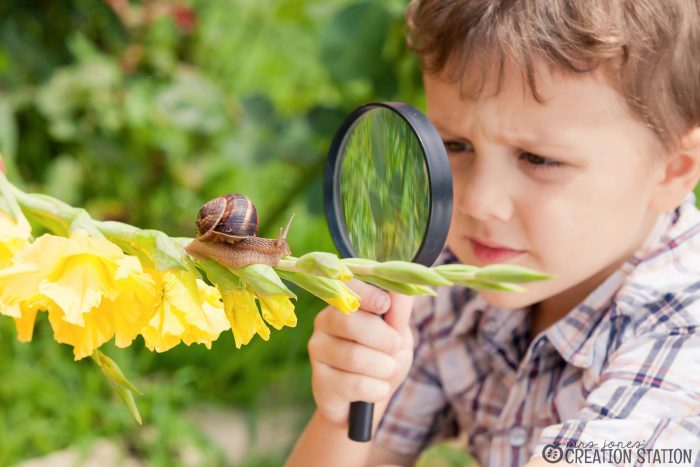
# 3 Encourages Learners to Think Creatively
To be honest, numbers 2, 3 and 4 really all go together! Problem solving leads to creative thinking. One of my favorite outdoor activities is my Looking Book activity. It’s an activity that uses our five senses to explore the nature around us. Add a pair of looking glasses to engage your learners even more. Use the looking glasses to go on a hunt for supplies to make a fort. Create a little house for a squirrel. The possibilities are endless!
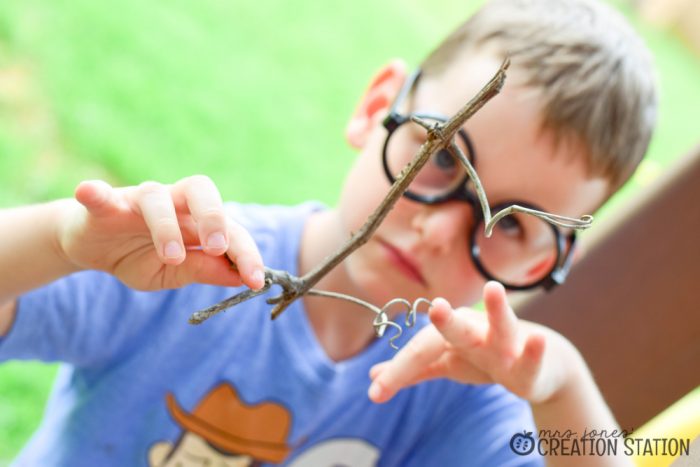
#4 Encourages to Cooperate with Others
Two heads are better than one, as I like to say! I know for my kids, playing and exploring outside is a lot more fun than doing it alone. Find a fun scavenger hunt to send your kids on. Cooperation is definitely important for that. When you suggest a building project outside, use each others strengths to get the job done. Pretty much any activity that you do outside can be considered a cooperative learning experience!
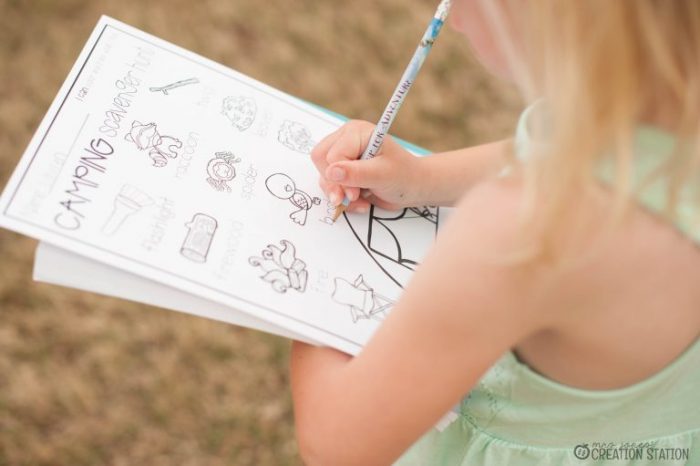
Take a day and spend it outside. You will quickly find out that these four reasons don’t take a lot of work! And it doesn’t take hours of planning, either!
Here’s a free resource to get you started! Use this during the fall or late spring when leaves have made their changes!
